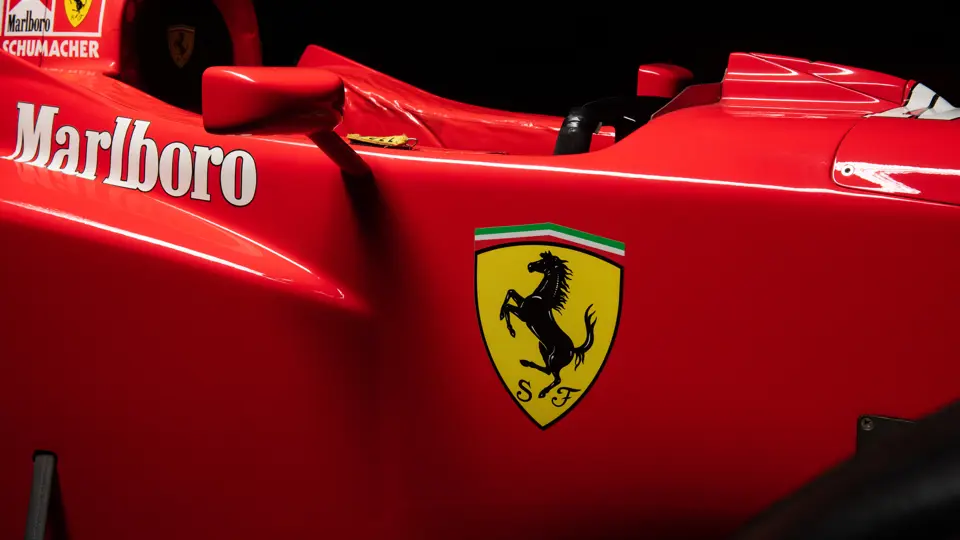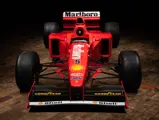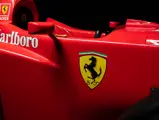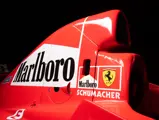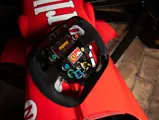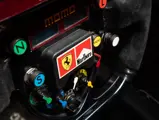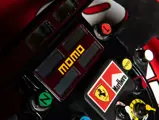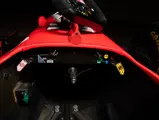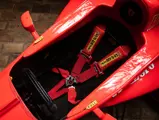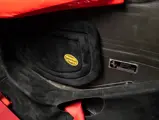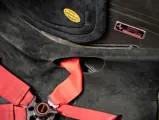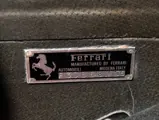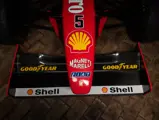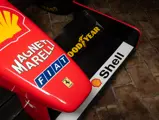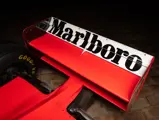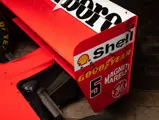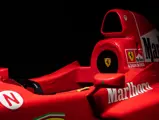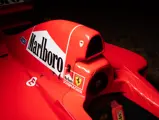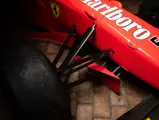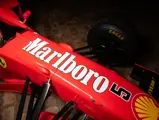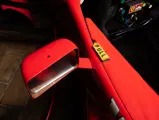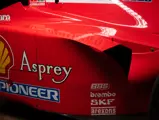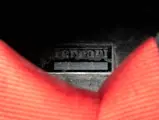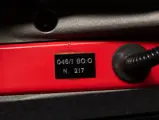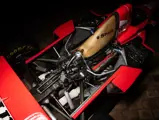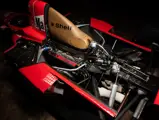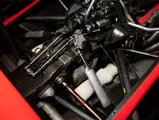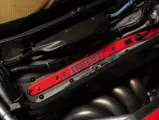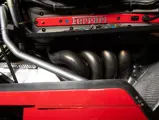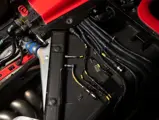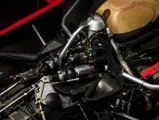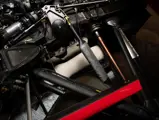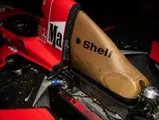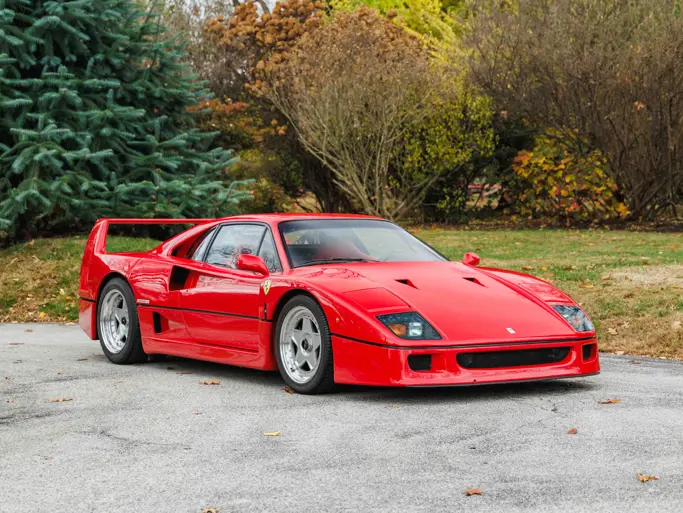
1997 Ferrari F310B
{{lr.item.text}}
Sold
{{bidding.lot.reserveStatusFormatted}}
- The most advanced race car built in the world in 1997, representing the beginning of a “golden age” with Ferrari Formula 1
- Final “wide body” Ferrari F1 design, and the first Ferrari jointly developed by the legendary team of Rory Byrne and Ross Brawn, who propelled Michael Schumacher to five consecutive World Drivers’ Championships with Ferrari
- Driven by Eddie Irvine in the 1997 Spanish Grand Prix
- Ideally suited for Ferrari F1 Corse Clienti and other demonstration events once returned to running condition
- An extremely rare opportunity to purchase a true Scuderia Ferrari-raced example, an icon of Formula 1 from the most popular team, in the most popular sport in the world
Not for the first time in its illustrious and occasionally tumultuous history, Ferrari found itself at a crossroads at the conclusion of the 1996 Formula 1 World Championship season. Highly rated Technical Director John Barnard’s second spell at the Scuderia was drawing to a close, and while his F310 design had yielded a new star driver, Michael Schumacher, as well as three wins and 2nd place for Ferrari in that year’s World Constructors’ Championship, it had also suffered from lamentable reliability; finishing as it did barely 50 percent of the races in which it started.
Unsurprisingly, many Ferrari stakeholders—not least major sponsor, Philip Morris—were growing impatient at what they perceived to be another season of missed opportunities. In 1994, former Peugeot Talbot Sport Director, Jean Todt, had been appointed as General Manager at Maranello with a clear mandate—and the appropriate funding—to secure Ferrari’s first World Drivers’ title since 1979 and its first Constructors’ crown since 1983. Following Schumacher’s arrival in 1996, it was evident that any remaining personnel changes would therefore be of a technical nature, and in late 1996, Rory Byrne and Ross Brawn—with whom the German had worked so successfully at Benetton—were installed as the team’s Chief Designer and Technical Director, respectively.
The proximity of both appointments to the start of the 1997 season rendered the design and construction of a new car a logistical impossibility, and hence a heavily revised version of the F310 would be used instead. Significantly re-worked aerodynamics gave the new car, dubbed the F310B, a noticeably more angular appearance than its predecessor, while revised 046/1B (and later 046/2) specification V-10 engines were developed; the latter offering roughly 30 horsepower more than the 046 unit of the F310. Finally, a new seven-speed gearbox replaced the previous six-speed unit.
The new season started promisingly for Ferrari, with Schumacher and teammate Eddie Irvine taking 2nd places in Australia and Argentina, respectively. Reliability was markedly improved, with Schumacher taking his first win of the year at Monaco, followed by further victories in Canada and France. At mid-season, Schumacher held a 14-point lead in the Drivers’ Championship over Williams’ Jacques Villeneuve, while Ferrari led Williams by 13 in the Constructors’ standings. However, the latter part of the season resulted in a succession of Ferrari non-finishes, and although Schumacher scored two further wins in Belgium and Japan, he also endured costly mechanical failures at Silverstone and the Nürburgring. Furthermore, Irvine suffered four non-finishes of his own, thereby all-but-extinguishing Ferrari’s Constructors’ Championship aspirations.
In spite of Schumacher’s fifth and final victory of the year at Suzuka, Williams-Renault duly secured the Constructors’ title at the Japanese circuit. However, the Drivers’ Championship remained alive, with Villeneuve but a single point ahead of Schumacher going into the season’s final round—and championship showdown—at the European Grand Prix, hosted in Jerez.
Although Villeneuve qualified on pole in Spain, Schumacher dominated the early part of the race. On lap 47, though, Villeneuve closed on the Ferrari and made a late lunge inside the hairpin at turn seven. Belatedly, Schumacher reacted and somewhat cynically drove into the side of the Williams, although on this occasion it was the German who came off second-best, with his Ferrari beached in a gravel trap. Thereafter, Villeneuve nervously reeled off the remaining 22 laps to finish 3rd and take the Drivers’ title.
Inevitably, recriminations abounded after the race. Subsequently, Schumacher was found guilty of causing an avoidable accident by an FIA court, and was disqualified from 2nd place in the Drivers’ Championship. However, significantly—and perversely—he was allowed to retain his individual race results from the season, as was Ferrari its 2nd place in the Constructors’ World Championship.
The Jerez controversy notwithstanding, the season had been an encouraging one for Ferrari, with 13 podium finishes, including five wins. For the first time in years, the Scuderia had proved consistent frontrunners; the lessons learned that year being instrumental in their six consecutive Constructors’ Championships between 1999 and 2005, and Schumacher’s remarkable five consecutive Drivers’ titles from 2000 to 2005. Significantly, all 11 Championships would be achieved with the Schumacher-Todt-Byrne-Brawn axis in place.
During the course of the 1997 season, Ferrari constructed nine F310B chassis, numbered consecutively from 172 to 180, although from contemporary race records it would appear that only seven of these were actually race chassis. Of these, three were used solely by Schumacher (174, 177 and 178), two by Irvine (173 and 176), and a further two (179 and 180) shared by both drivers late in the year. It is chassis 176—a car, remarkably, used in only the Spanish Grand Prix of that highly charged 1997 season—which RM Sotheby’s is proud to offer here.
In Spain, Ferrari endured tyre problems all weekend, with Irvine qualifying a lowly 11th, albeit within half a second of his illustrious teammate in 7th place. Come the race, Irvine encountered severe tyre blistering throughout; his—and 176’s—fundamental lack of pace being further compounded by a late 10-second stop-go penalty for ignoring blue flags. He eventually took the chequer 12th, while Schumacher finished 4th.
At the conclusion of the 1997 season, chassis 176 was retained as part of the Factory collection for the next year. Interestingly Ferrari reportedly brought the car out for display as part of their 50th Anniversary celebrations in Italy immediately after its race at the Spanish Grand Prix. In 1998 chassis 176 was sold to collector Michael Gabel in Berlin, Germany. Mr. Gabel was a big Michael Schumacher fan and decided to have the car redone in Schumacher’s race livery, even including obtaining a Michael Schumacher-fitted Cuoio Schedoni seat. 176’s only other public appearance was when the car participated in the Modena Motorsports F1 Festival at the Nürburgring in July 1998. Circa 2000 the car was sold to a notable private German collection, where it has remained on static display for the last 22 years.
As a veteran of just one Grand Prix, chassis 176 has covered fewer than 200 racing miles in total. Consequently, it is an extremely well-preserved example, retaining delightful factory touches such as its original Sabelt seat belts, and even its period Goodyear “Eagle” slick tyres. It should be noted, however, that while the car is highly original, and the engine, drivetrain and original Magneti Marelli ECU all appear intact, it remains in static display condition only and will require recommissioning before returning safely and reliably to the track.
Whether ex-Ascari or ex-Leclerc, the sale of any Grand Prix Ferrari is a highly significant event. F310B/176 is no exception and, while its own racing record is comparatively modest, its place in Ferrari—and Formula 1—history is assured. Indeed, the F310B remains one of the most important Formula 1 cars of modern times, representing as it does the very genesis of the Schumacher “Dream Team” era which would go on to transform the sport in the early 21st century. Beautifully presented, albeit in Schumacher rather than Irvine livery, the car is accompanied by its original external starter, and would—once sympathetically restored—undoubtedly make a spectacular addition to any discerning Ferrari or competition-focussed car collection, and would be a welcome entry into the Ferrari Corse Clienti program.


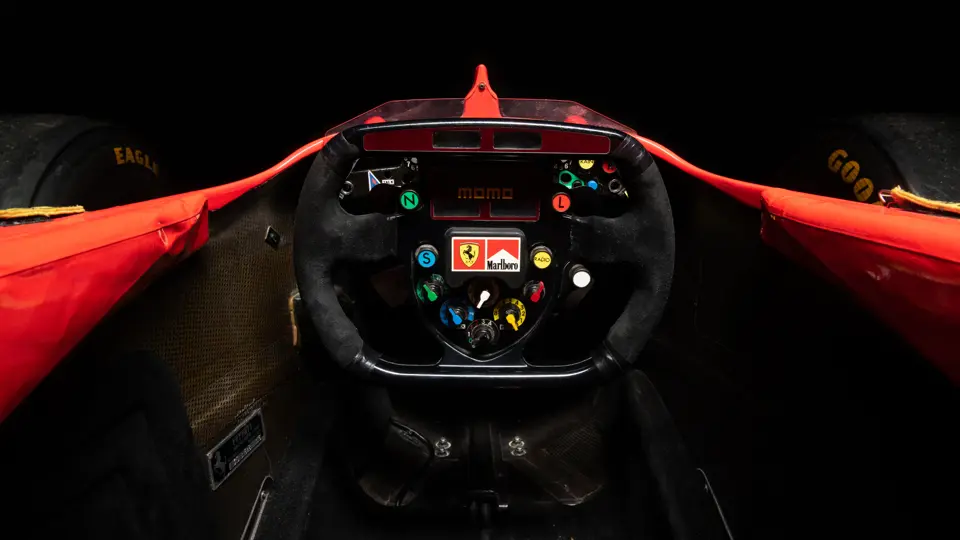



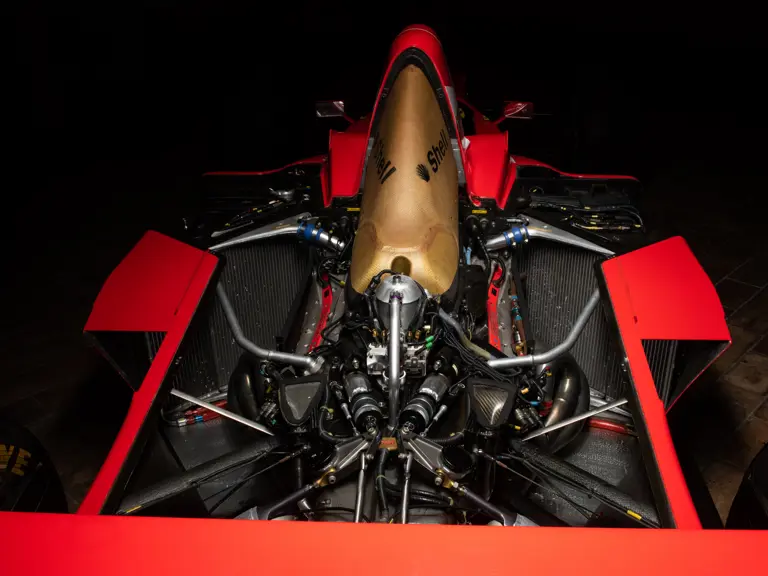

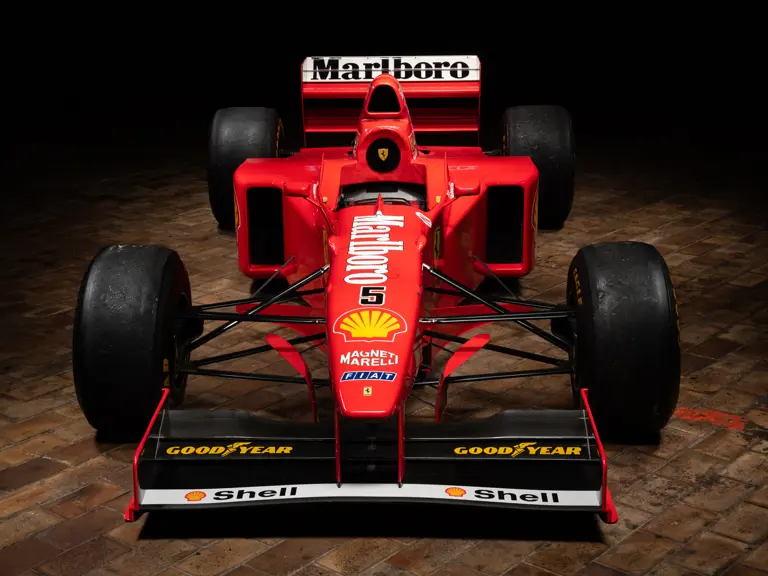
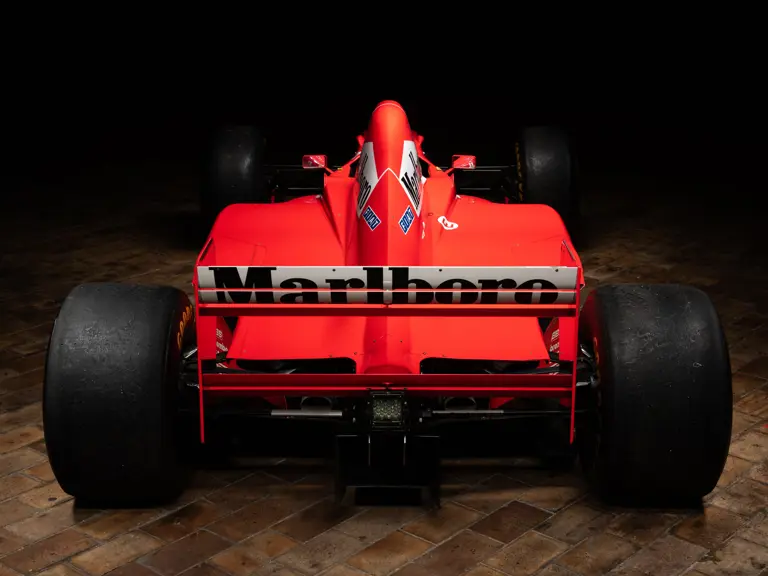
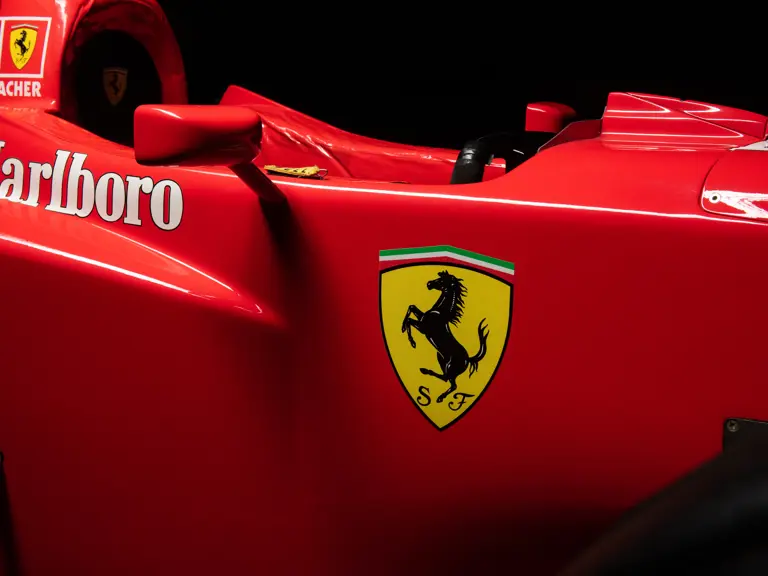
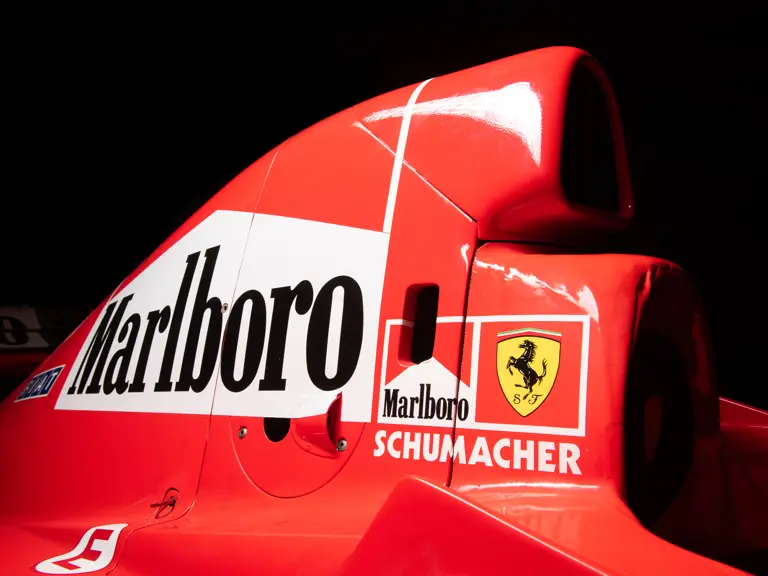
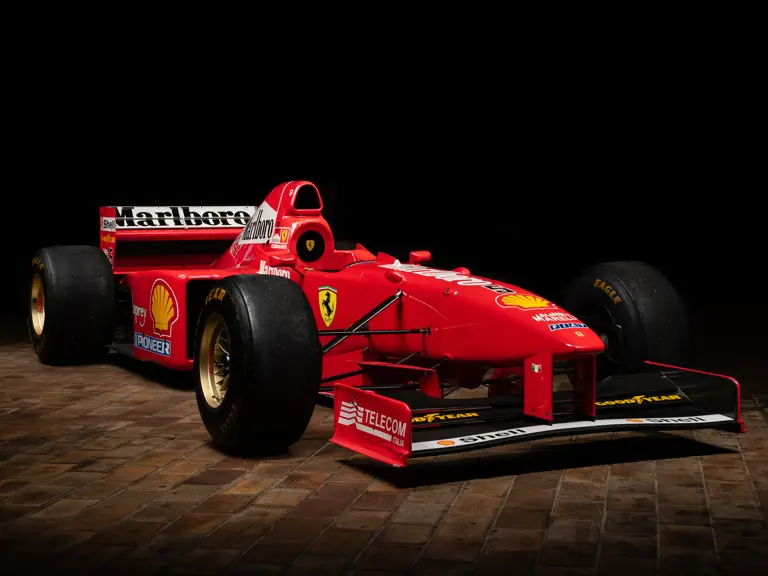
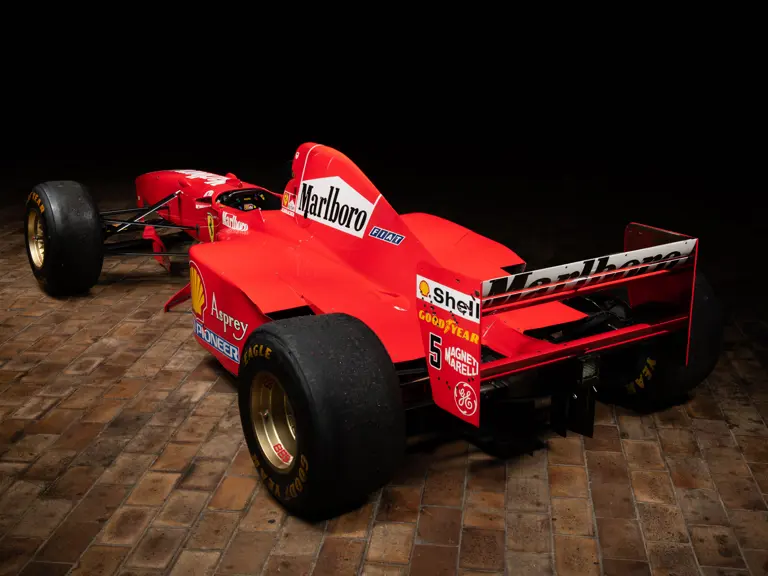
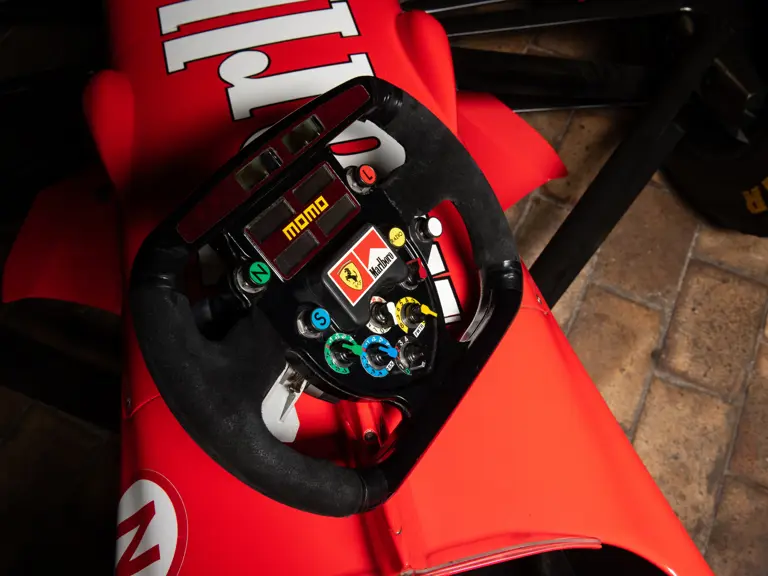
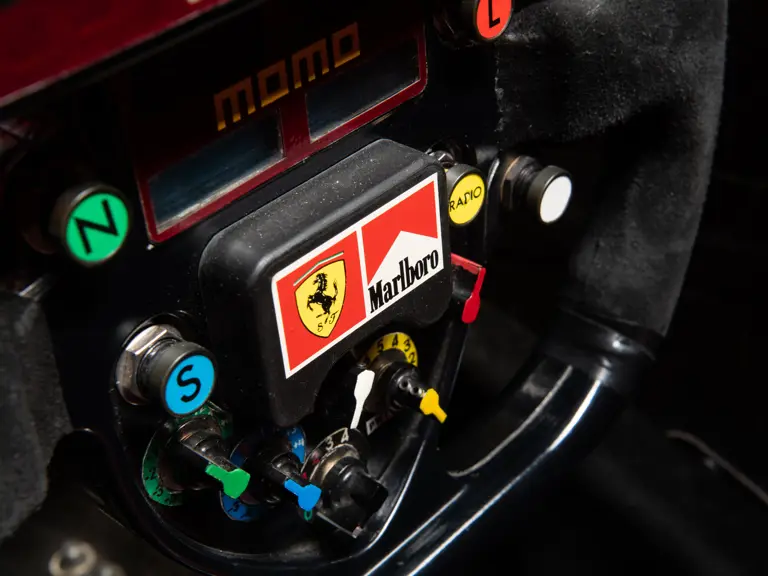
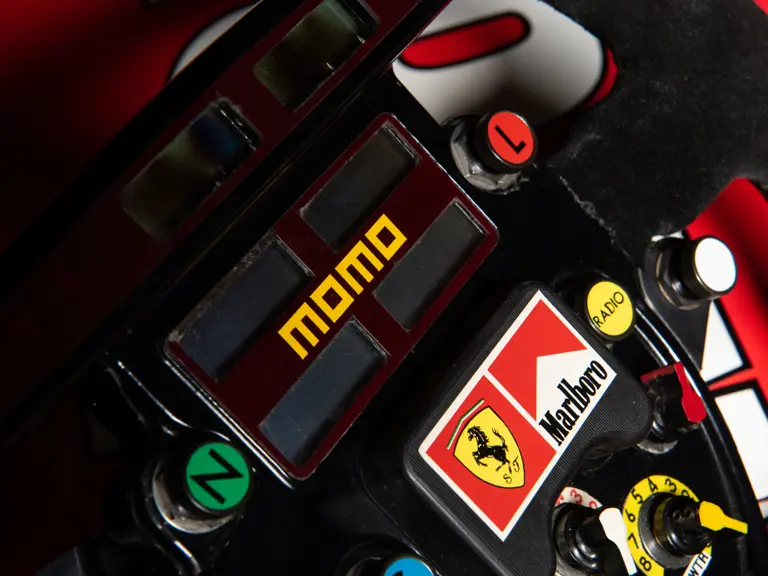
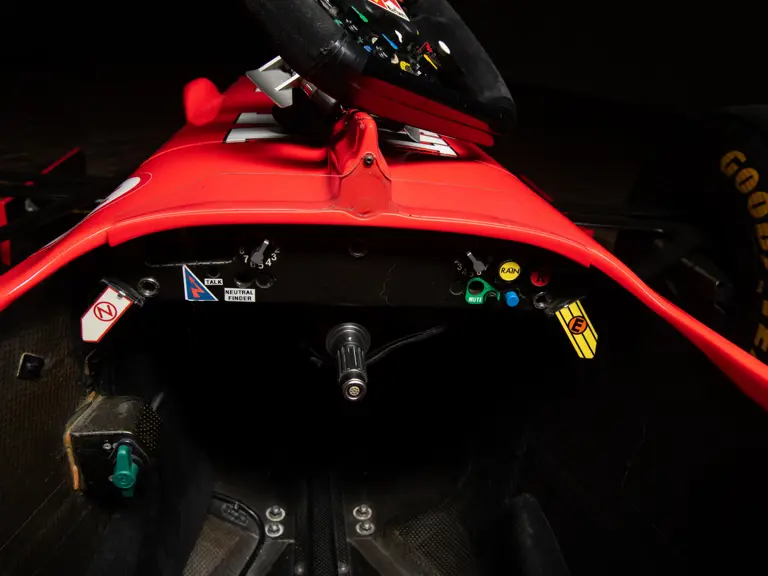

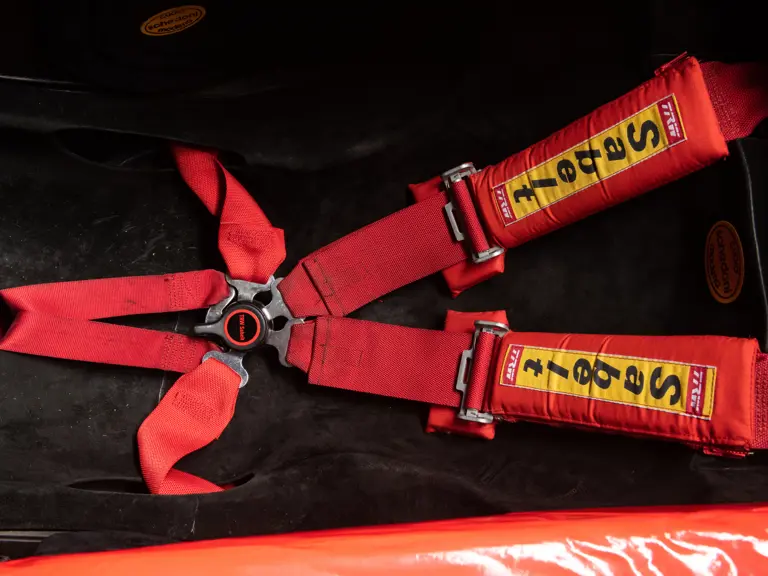
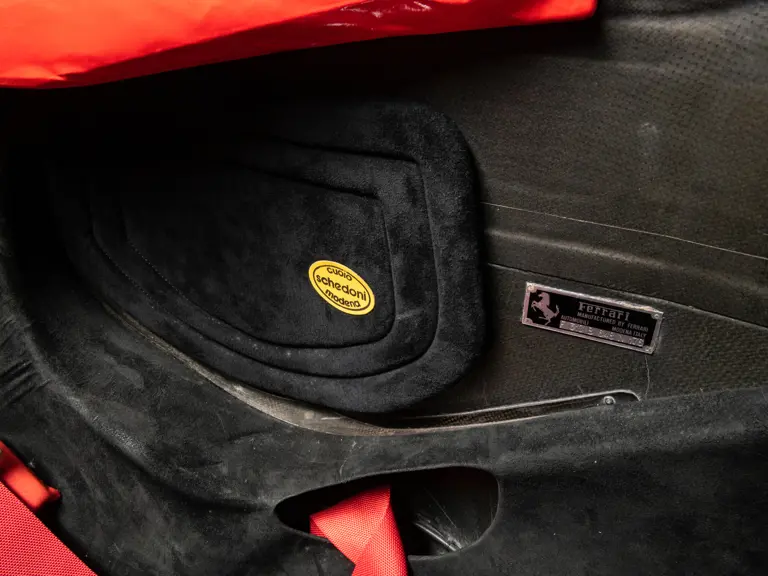
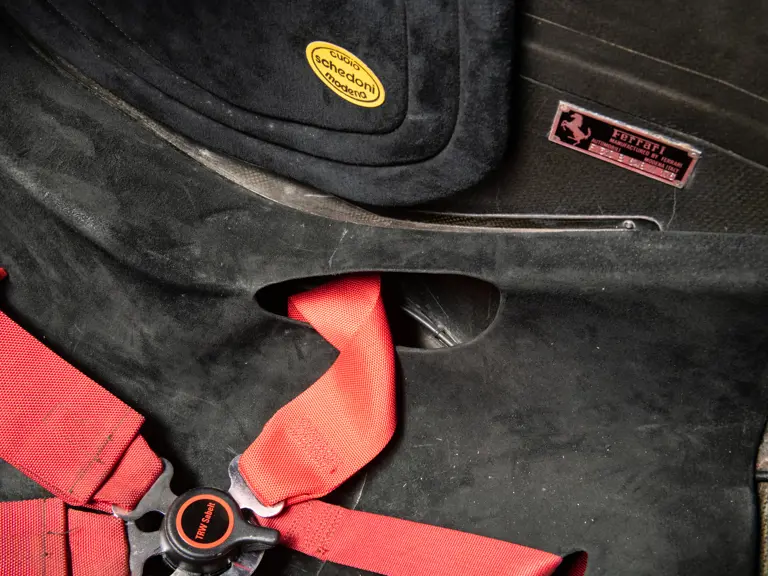
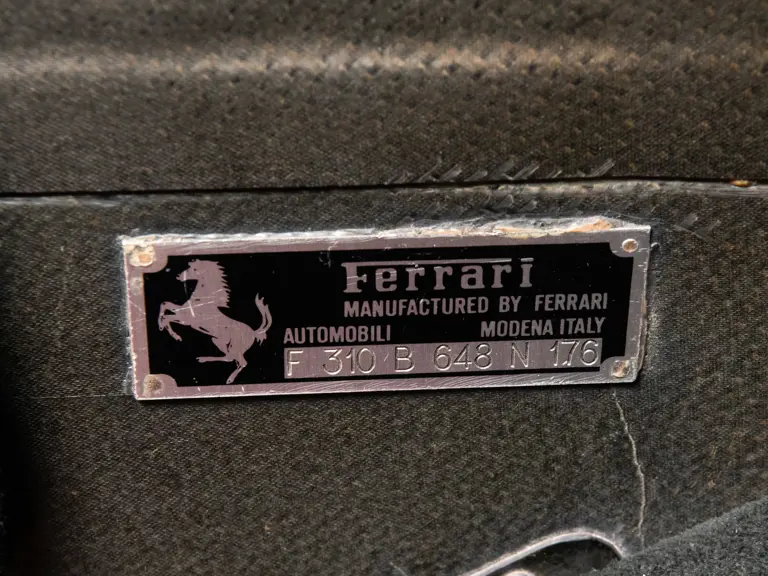
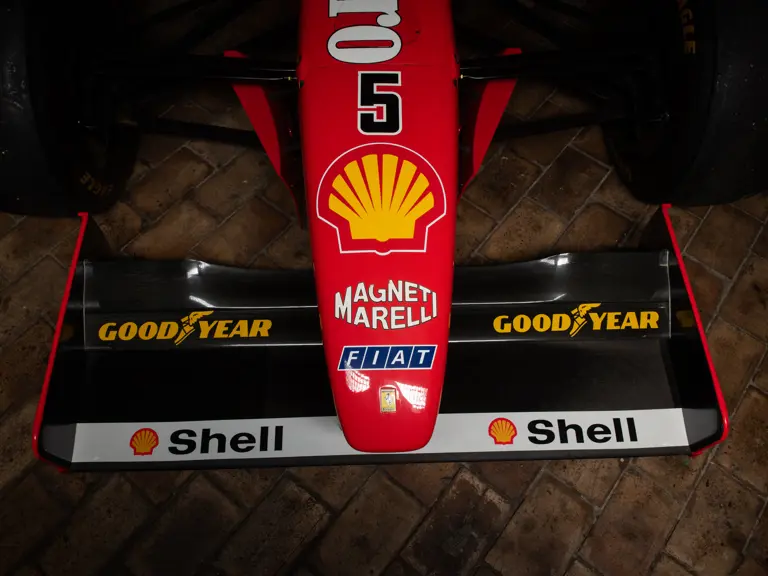
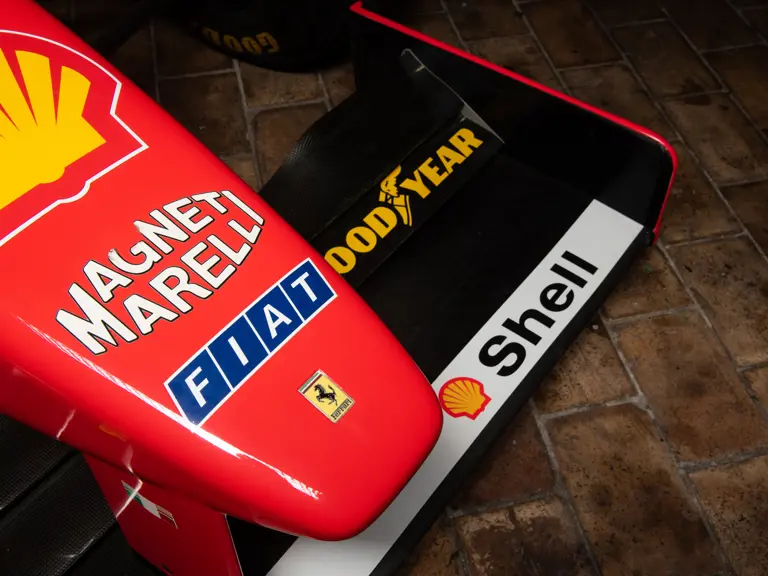
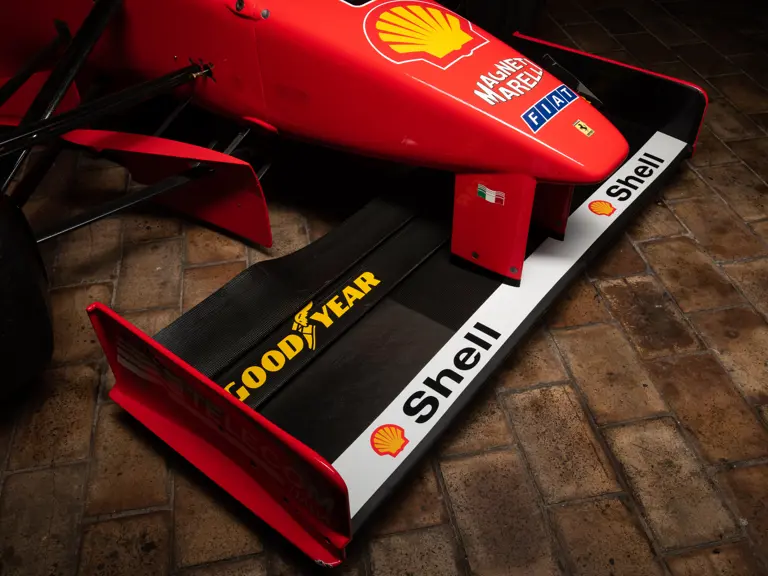
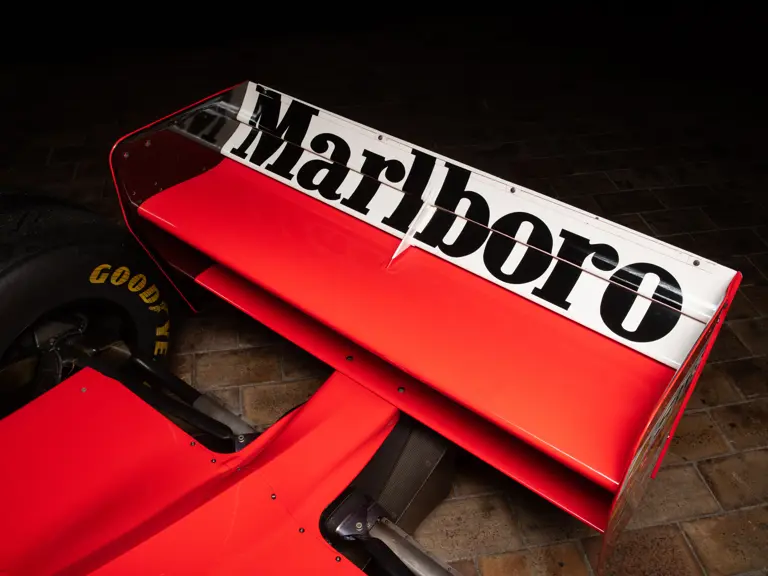


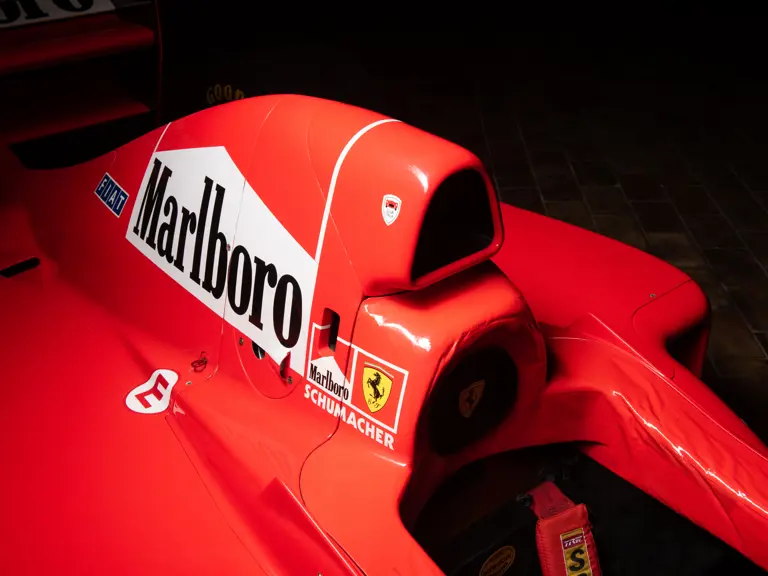




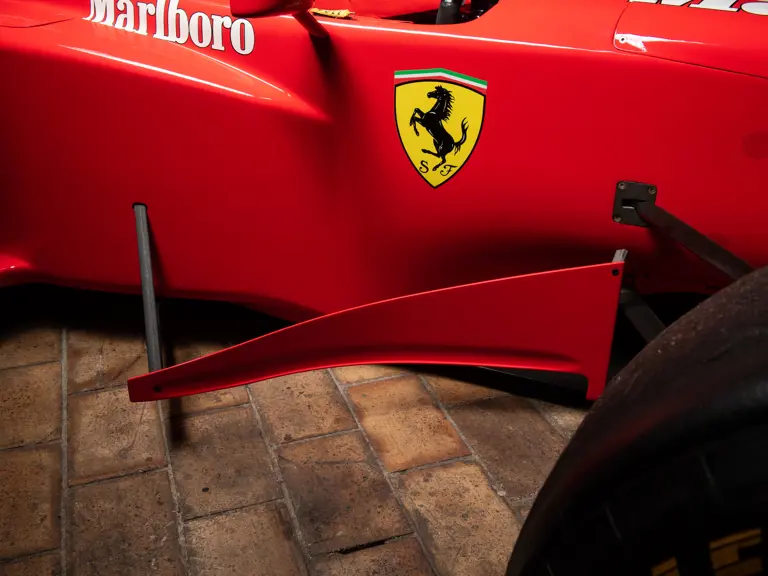
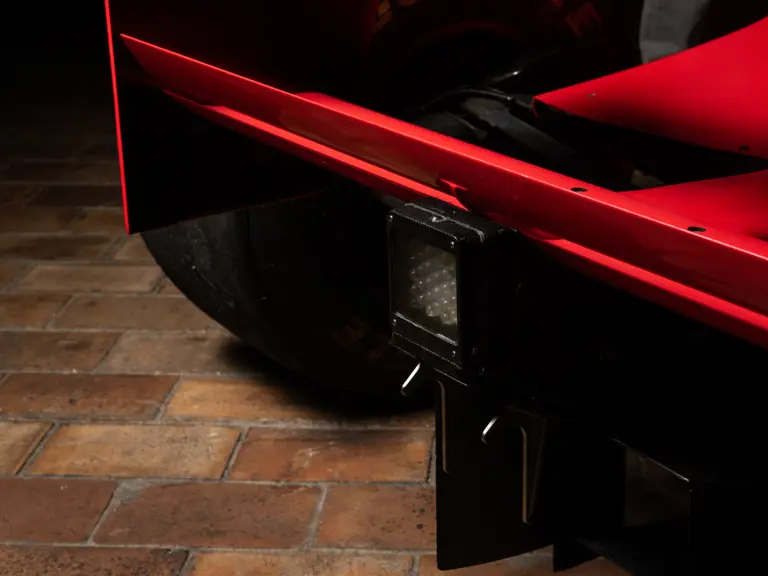

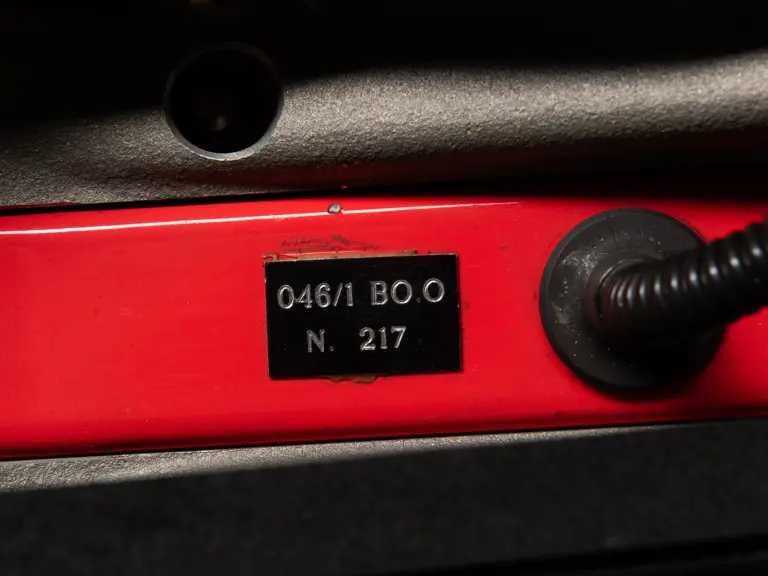

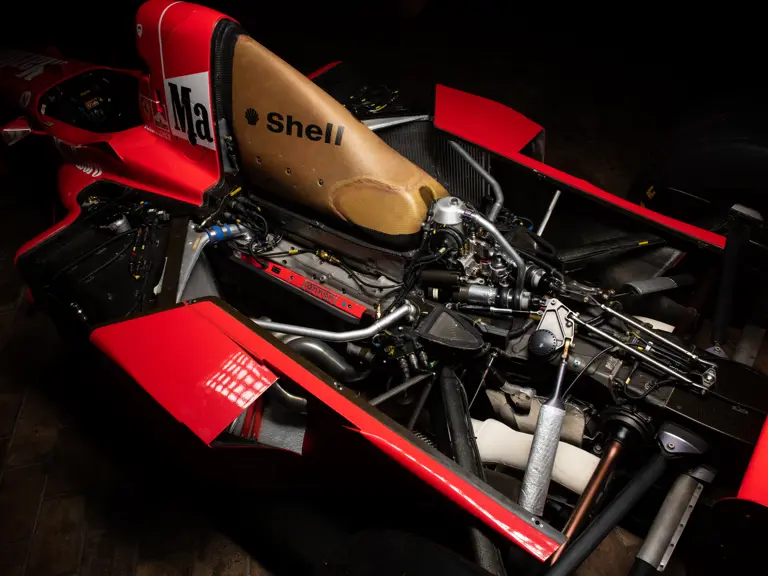

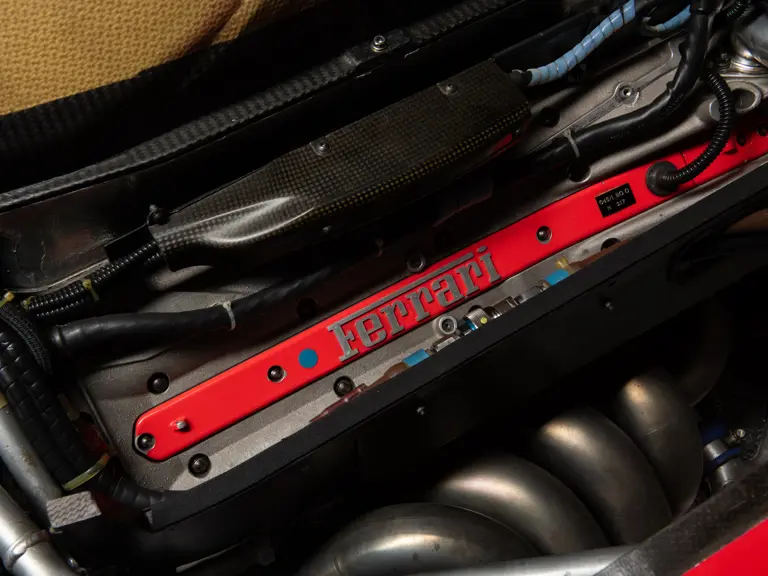
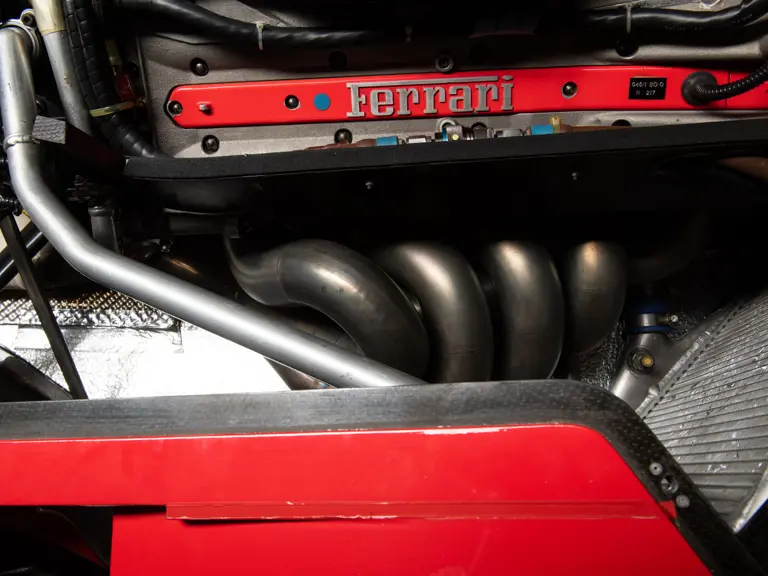

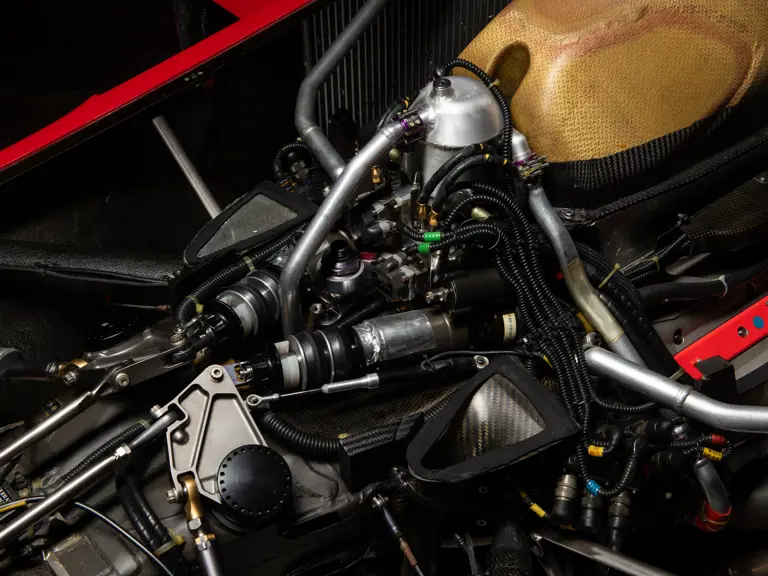
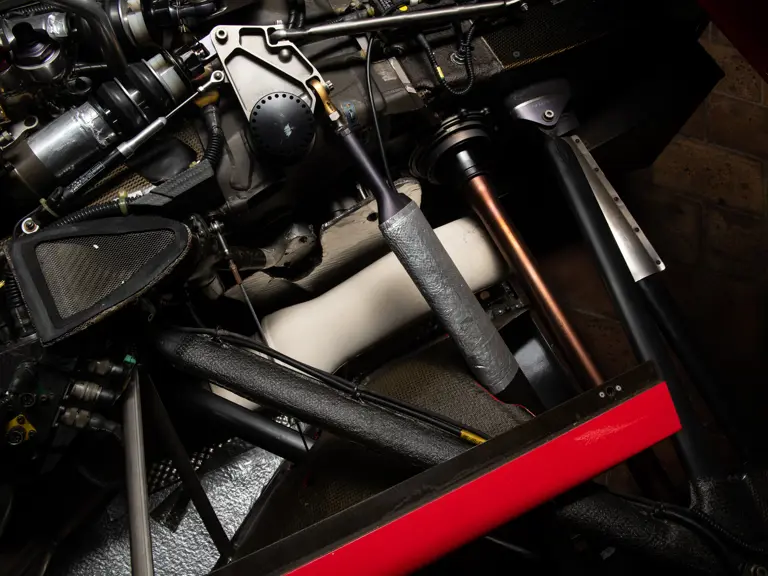
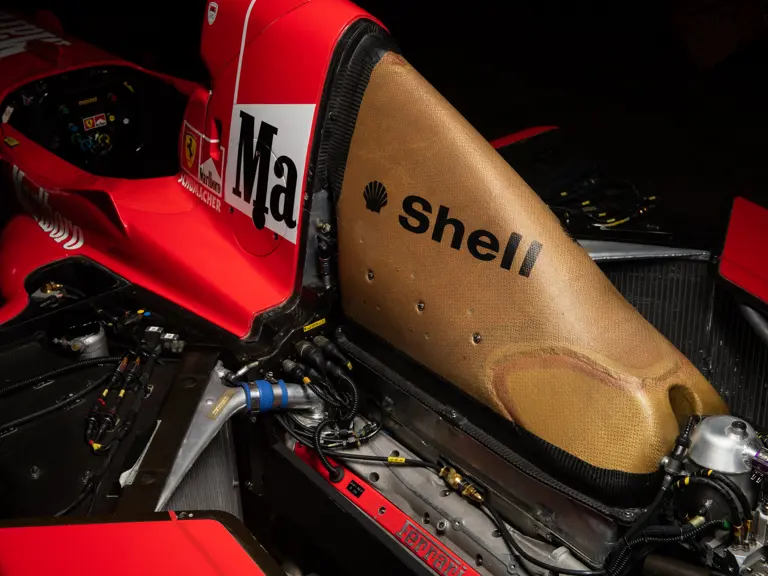
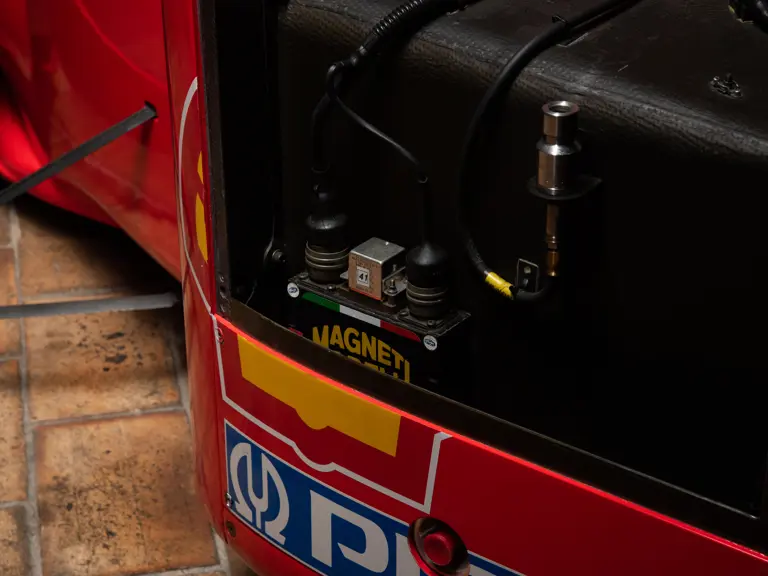
 | Tilburg, Netherlands
| Tilburg, Netherlands


